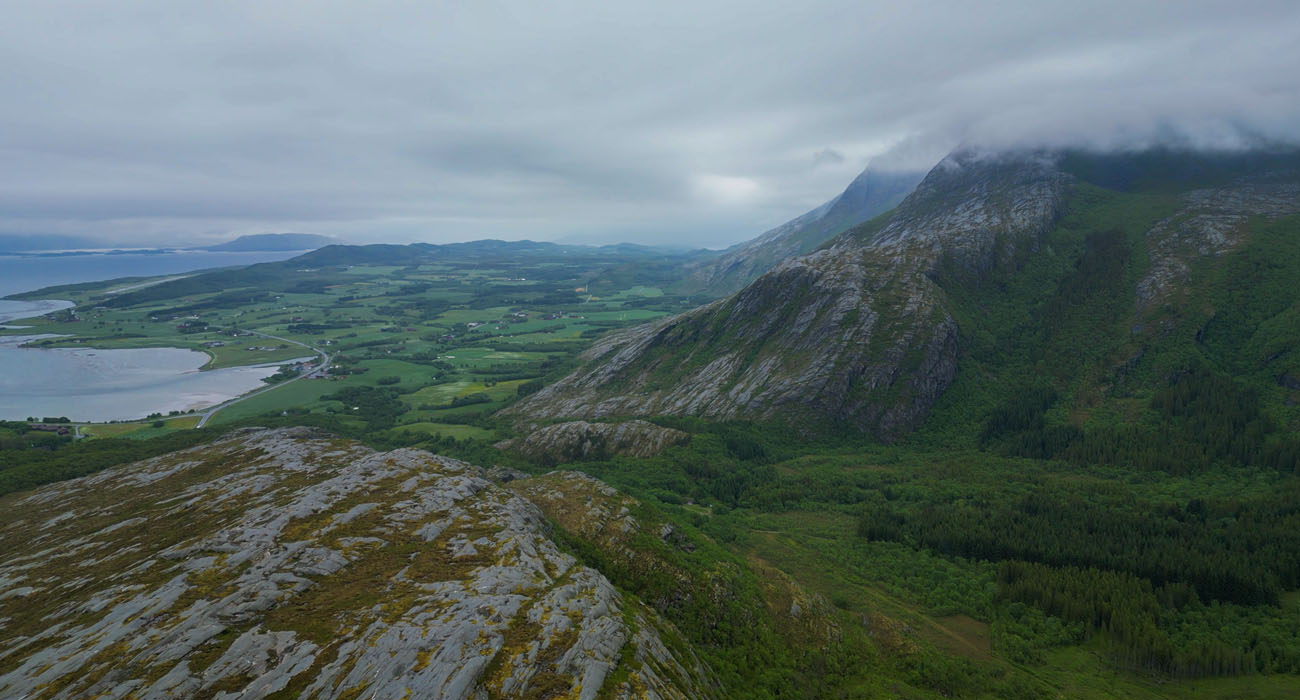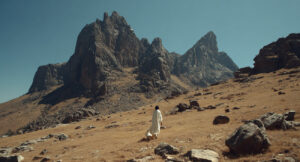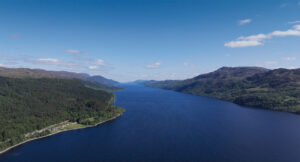Composing Landscape Shots Like a Pro: Leading Lines, Framing, and Depth
Capturing stunning landscapes isn’t just about finding a beautiful view—it’s about how you compose that view. Whether you’re hiking through the highlands or wandering ancient city streets, mastering compositional techniques like leading lines, framing, and depth will elevate your photography and tell more immersive stories.
1. Leading Lines: Guide the Eye
Leading lines are one of the most powerful compositional tools in landscape photography. These are visual elements—paths, fences, rivers, shadows—that naturally draw the viewer’s eye through the image, often toward a focal point. Look for:
- Roads or trails disappearing into the horizon
- Shorelines or ridges directing the eye across the frame
- Architectural lines, like bridges or railings, that converge toward your subject
The key is to use these lines with intent. A well-placed line can add flow and structure, helping your viewer navigate the scene intuitively.
2. Framing: Create Visual Windows
Framing refers to using elements within the scene to surround or partially enclose your subject. It adds context and naturally draws focus.
- Use trees, rock arches, or doorways to frame your subject
- Try shooting through windows or ruins for a layered effect
- Combine foreground and background elements to give a sense of place
Framing also helps eliminate distractions by controlling what’s not in the shot, keeping attention exactly where you want it.
3. Depth: Make Your Images Three-Dimensional
Depth gives your viewer the feeling of stepping into the landscape. Achieving this illusion involves layers:
- Include foreground interest, like rocks, plants, or textures
- Use a wide-angle lens to exaggerate perspective
- Shoot with a narrow aperture (f/8–f/16) to keep the scene sharp from front to back
For added effect, look for atmospheric layers—like mist, hills, or changing light—to add separation between elements.
Final Tip: Move with Intention
Great composition isn’t static. Move around. Crouch low. Climb higher. Sometimes the difference between a flat photo and a compelling image is a few steps forward or a slight shift in angle.
By thoughtfully applying leading lines, framing, and depth, you’ll start to see the landscape not just as scenery, but as a canvas—waiting for your interpretation.




